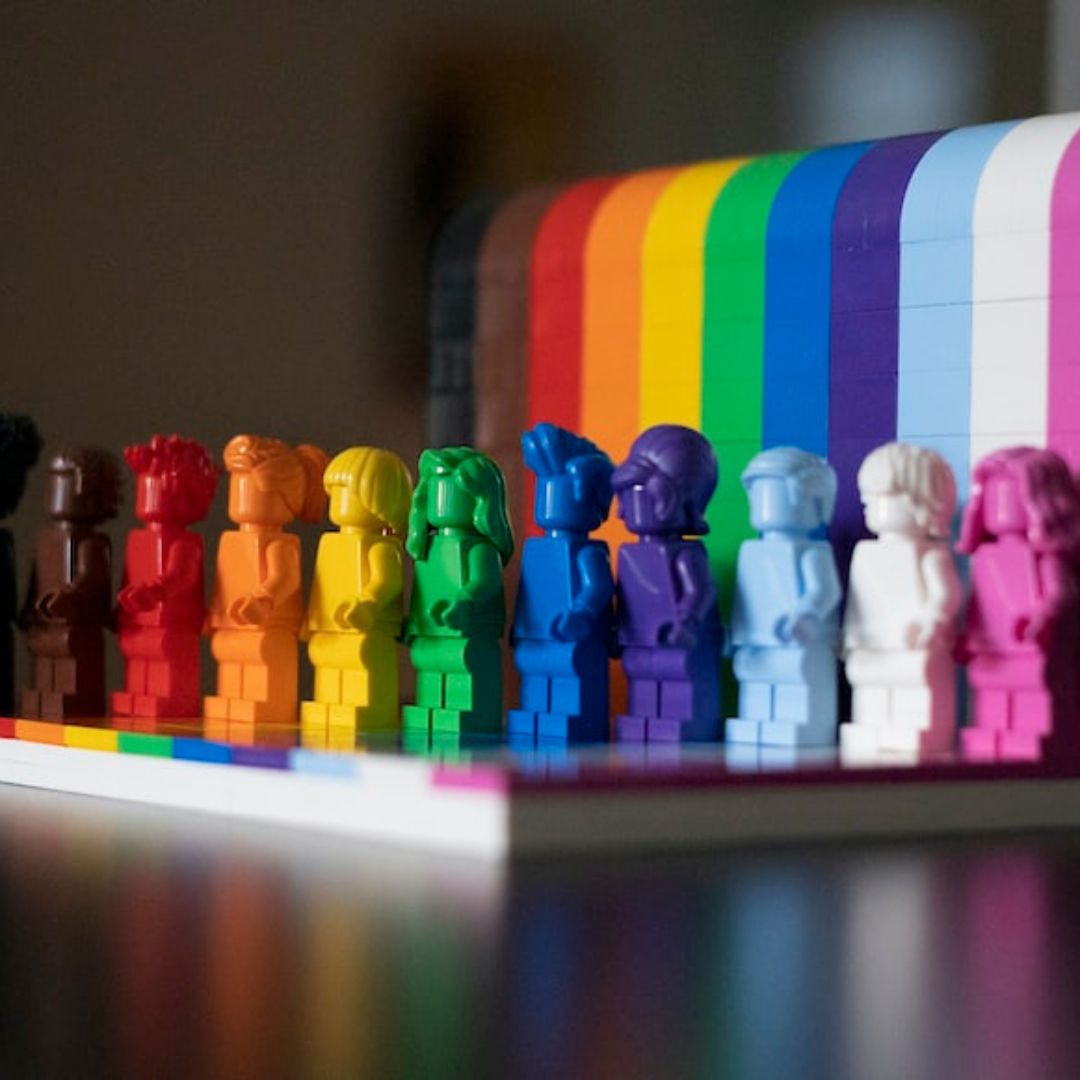
Image Credits: Unsplash
More Than Half Of LGBTQ Youth Who Came Out At Young Age Have Contemplated Suicide, Reveals Study
Writer: Laxmi Mohan Kumar
She is an aspiring journalist in the process of learning and unlearning many things. Always up for discussions on everything from popular culture to politics.
Others/World, 13 Oct 2022 10:39 AM GMT
Editor : Snehadri Sarkar |
While he is a massive sports fanatic, his interest also lies in mainstream news and nitpicking trending and less talked about everyday issues.
Creatives : Laxmi Mohan Kumar
She is an aspiring journalist in the process of learning and unlearning many things. Always up for discussions on everything from popular culture to politics.
On the National Coming Out Day, the US-based Trevor Project conducted a study on the mental health of LGBTQ youth who come out early and have revealed worrying data.
The Trevor Project is an American nonprofit organisation that was founded in 1998 with a focus on reaching out to the LGBTQIA+ community and preventing suicide cases among them. The 2022 National Survey report released by the project talks about LGBTQ Youth Mental Health and illustrates the number of people who have come out and had suicidal thoughts.
As per their data collected from the experiences of over 34,000 LGBTQ youth between the ages of 13 to 24, the trends of suicidal thoughts saw an upward graph. It has also been able to point towards the factors that build up to the risk behaviours and what can be done to create a supportive environment for the community.
Are More Children Feeling Safer To Come Out?
The project study was conducted in recognition of National Coming Out Day, which was observed on October 11. They explored the association between the age at which many people came out about their sexual orientation and the link of suicide risk attached to it.
Focussing on children who came out before turning 13 years old, the study deduced that children faced more "victimisation and discrimination than their older peers", which has paved the way for suicidal ideas. Childhood is the time when most children frame their identity and image of self. The lack of positive representation around the different identities potentially creates self-doubt that there's something "unusual" with them.
Those who begin to identify their orientation at younger ages were then found to have increased odds of suicide risk. Of the entire survey, about 24 per cent of them came out before they turned 13 years old, which represents an increased understanding of the identities beyond the binaries. About 56 per cent of them who came out before 13 have seriously considered attempting suicide, and about 22 per cent of them attempted suicide over the past year.
Symptoms of anxiety and depression were being reported often among LGBTQ youth, and around 82 per cent of them conveyed that they wanted mental help. 60 per cent of them were not able to get the right kind of mental health care provisions. The community also responded that their suicidal thoughts would be low if the environment around them was a lot more accepting.
What Can Be Done To Bring Down The Graph?
In a statement given in the report, the director of research science, Dr Myeshia Price, says, "Coming out in and of itself is not harmful to LGBTQ youth mental health. It's more about the level of support you have, where and when you come out."
For those who came out at the early stages of their life, schools and homes played a key role in the way they saw themselves. Thereby, victimisation on the school grounds became a key driver to suicidal thoughts among LGBTQ youth.
46 per cent among those who came out before they turned 13 reported that they had been physically threatened or harmed due to their sexual orientation or gender identity, and 83 per cent experienced some or the other form of discrimination. At least 20 per cent of them attempted suicide as a result of the treatment they received.
The report suggests a change in the system, which could incorporate supportive teaching systems, inclusive curriculums, and so on, that would contribute to a safe school environment.
Rayyan, while talking to the Logical Indian, conveyed the impact that a queer teacher had on her gender identity. While she had known that she identified differently from the gender assigned to her during her birth, she had kept it submerged for a long time.
It was only during high school that she received exposure to people who existed beyond the binaries. For a high schooler, she believes that moment was her defining experience and that life would have been entirely different for her if only somebody sensitised the students about gender identities. Today, she has been making it a point to educate herself about the vast spectrum of identities and convey the same to school students who are learning and growing.
Similar to this, nurturing a supportive environment within the houses becomes crucial. Anaga, a 23-year-old who came out three years back, told The Logical Indian that "The way my family viewed me mattered to me for the longest of the time. I stayed in my cocoon and took this long to come out for the same reason. I have known it forever, and I think my parents also knew somewhere along the lines that I was not into men, but I think it was difficult for them to wrap their heads around it due to their conservative upbringing".
It was only during her college years that she got to meet more people from the LGBTQ community and build a family that she could "trust outside my actual family". Many people from the LGBTQ community have found their support through this idea of a "chosen family" who understand and accepts them.
The study, however, did shed light on how LBGTQ youth who had support from their families were found to have a lower number of cases of attempted suicides.
Parents are considered among the core support systems for children and the best advocates for them as well. Knowing that there is an entity that they can rely on and come out to is important for many children who are exploring their identities. However, fewer than one in three transgender and nonbinary youth found their homes to be gender-affirming.
Experts and studies claim that children start to express their gendered behaviour from as early as two years old. They become conscious of their physical differences and can easily label themselves with a stable sense of gender identity by the age of four. In many such cases, the parents are the first to understand the same and carry the agency to make the children feel comfortable in their sense of gender.
Such positive affirmations add to the way they view gender and create an accepting environment where young people feel safe to express themselves.
 All section
All section














